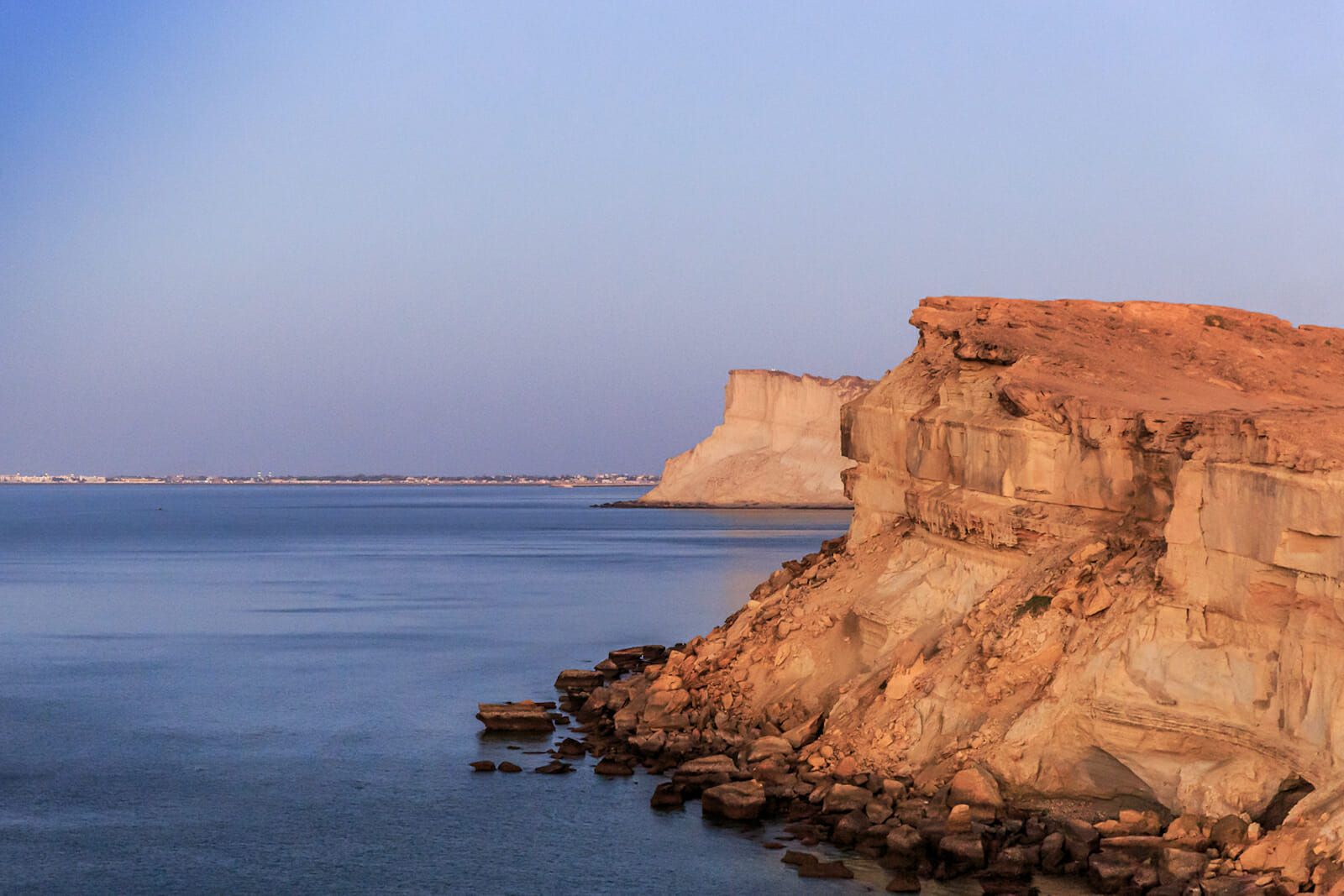
Tourism can Save Pakistan’s Economy
Maritime tourism has become the ‘buzzword’ in the global economic industry. A review undertaken by the World Economic Forum concludes that maritime and coastal tourism would grow at a global rate of 3.5 percent annually by 2030. The travel and tourism industry at large have performed remarkably well over the years. It shared 10.4% of global GDP in the preceding year equivalent to a striking $8.8 trillion dollars. The industry also provides 319 million jobs; i.e. 1 out of every 10 jobs provided on an aggregate. For South Asia, projected to be one of the fastest-growing regions there are important takeaways from the success story of global travel and tourism industry.
The region presently contributes $296 billion in tourism, with states such as Maldives, India and Sri Lanka taking the lead in successfully whirling the sector into a major contributor for the national economy. The World Bank estimates that tourism for Pakistan has a mere share of 2.93 percent to the gross domestic product, compared to other regional states that are performing extraordinarily well. The China-Pakistan Economic Corridor (CPEC) by tapping in the maritime potential of Pakistan and Gwadar port in particular, is foreseen by analysts to provide the necessary impetus for prosperous sea-based tourism in Pakistan.
The joint venture of $52 billion (CPEC) between China and Pakistan, is a flagship project of the Belt and Road Initiative (BRI). The latter aims to revive the ancient Silk Road via an ambitious network of rail, road and maritime networks involving more than 150 states across the continent. The grandeur nature of the project allows considerable opportunities for local and international investors to participate in developing the sea-based tourism industry. It is worth mentioning that China increased its revenues by billions of dollars as a result of coastal tourism. The two countries should collaborate on increasing tourism. China, sharing from its successful experience, can provide important insights into developing viable maritime tourism industry in Pakistan.

In order to fully grasp the industry there is a need to define the two interlinked, yet different forms of sea-based tourism under discussion. Coastal tourism refers to land-based tourist activities including swimming, surfing, sunbathing and other coastal recreation activities. Maritime tourism denotes those sea activities such as boating, yachting, cruising and nautical sports. Studies that have been undertaken on the financial aspects of sea-based tourism signify on the “multiplier-effect of tourism.” It is revealed that those destinations that are inclined at providing amenities to the lucrative segments of the market, particularly the high-end tourists draw in massive scale revenues that can add to the GDP of the country.
The coastline of Pakistan extends to 1050 km along the Arabian Sea, of which Sindh province shares 350 km and Balochistan segments 700 km. The coastal region of Balochistan in particular has a number of sand beaches with “shifting sand dunes.” Biological diversity, adds to the beauty and importance of the coastal belt, where migratory birds can be seen at Pasni, Jiwani and Miani Hor. Astola Island, the country’s first marine protected area (MPA), is a known nesting ground for endangered green turtles which can perhaps be developed into a sustainable tourist attraction. The Balochistan government, in view of the above potential, has announced to build tourist resorts to cater to the needs of local and foreign tourists at an allocated cost of $2.1 million at Kund Malir, Gadani, Ormara, Jīwani, and Khor Kalmat. Karachi, the provincial capital of Sindh, is the coastal city that remains a popular destination among national tourists. The Clifton beach is a famous place to visit where camel and buggy rides are offered for families on picnic. Hawke’s Bay is another of the beach for leisure seekers who usually rent a hut to spend their weekends. The Indus Delta and the mangroves at the Sindh provincial coast also offers a potential tourism resource.
The government of Pakistan has sought the attention of tourists by relaxing its visa policy. It is now offering e-visas on arrival to enthusiastic leisure seekers from across the world. International hotel chains have also shown interest in expanding their services in coastal areas, including Gwadar. Forbes dubbed Pakistan to be “one of the coolest places to visit” in 2019. The British Backpacker Society ranked Pakistan as its “best adventure travel destination” and “one of the friendliest countries on earth that is beyond anyone’s wildest imagination.” Conde Nast Traveler has recently ranked Pakistan as the number one holiday destination in 2020. These developments will prove beneficial for maritime tourism. However, the government requires sustained efforts to build sustainable and viable sea-based tourist industry.
Pakistan has all the vital constituents for a flourishing maritime tourism sector. A beautiful coastline along the Arabian Sea, enriched with God-gifted marvels including beaches, lagoons, cliffs, and headlands; which are a dream come true for tourists. In the wake of CPEC, maritime tourism needs to be prioritized as an important sector that can generate viable revenues for the state. Collaborative efforts need to be made by federal and provincial governments to steer in the right direction. A public-private partnership is also suggested for the various ventures to build the required infrastructure and meet the international standards for tourists. Such actions will promote CPEC as the ‘catalyst for regional growth’ and will provide an “appealing image” of the project to dissuade all the negative propaganda, to attract the attention of international tourists and investors.
